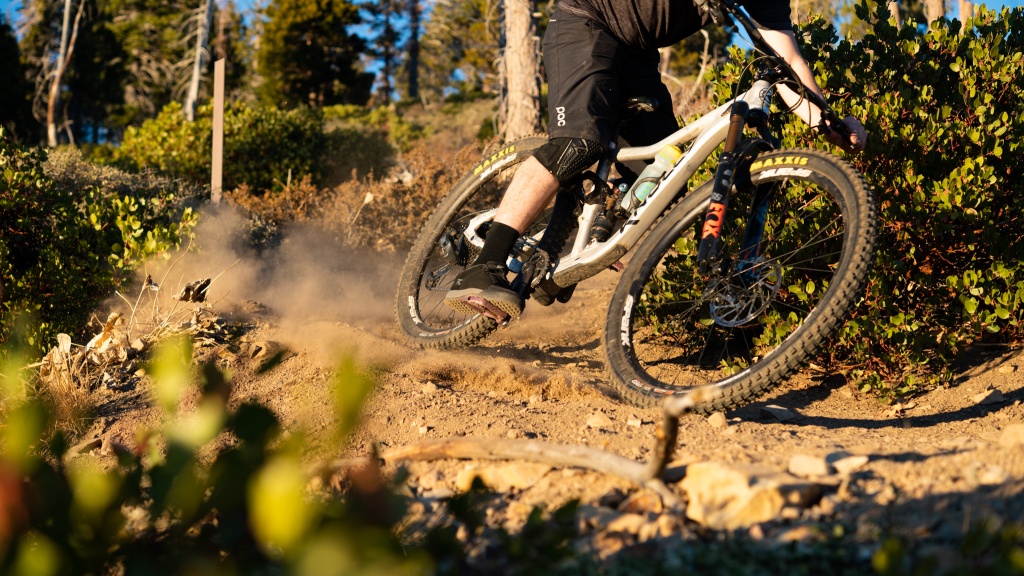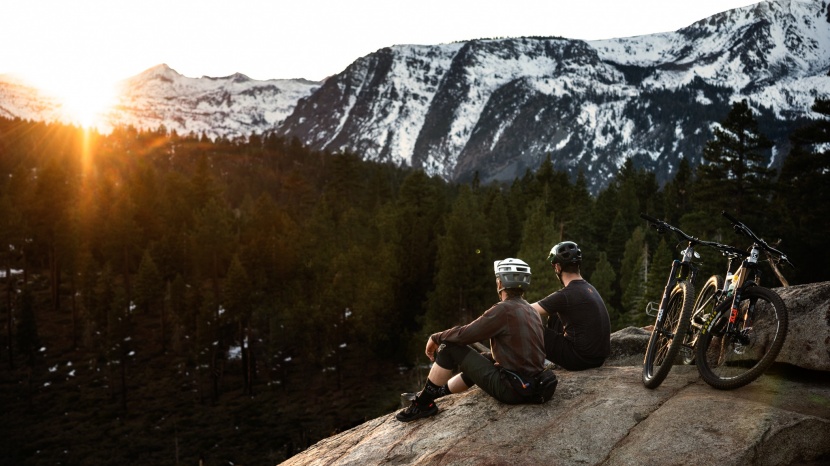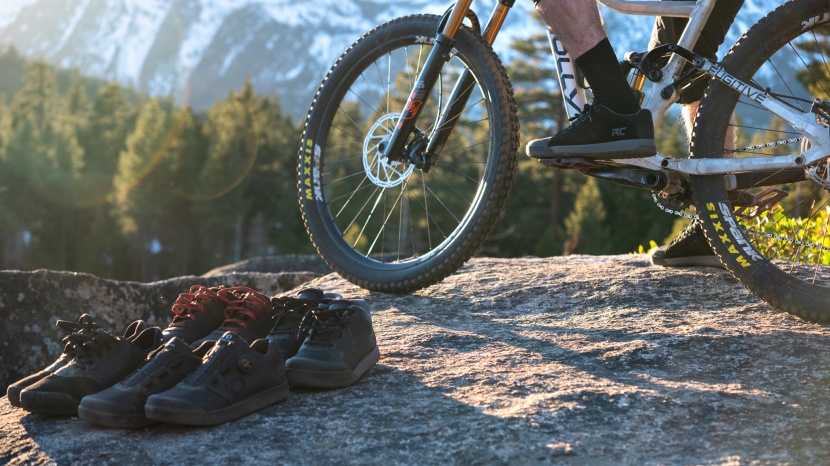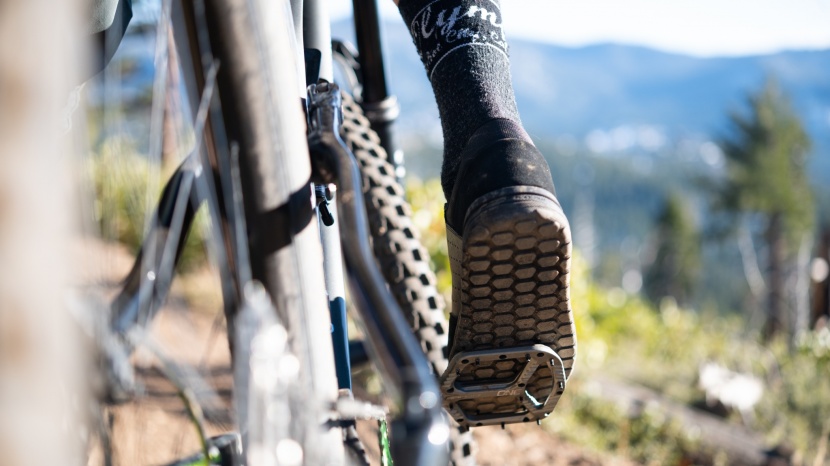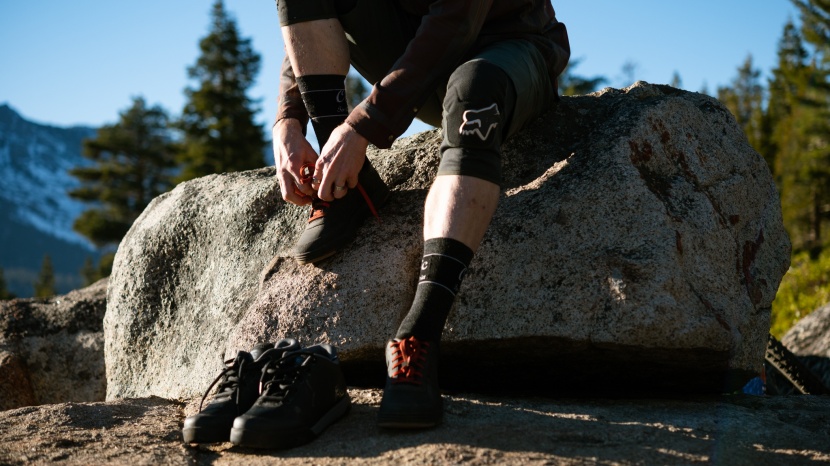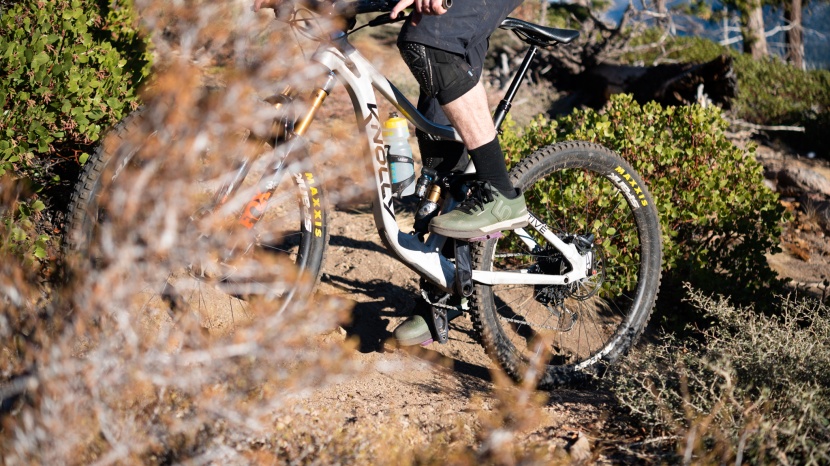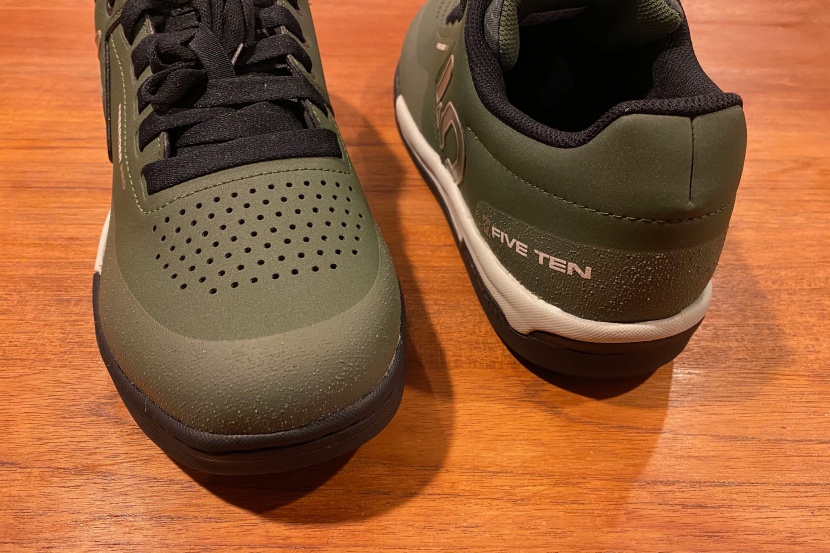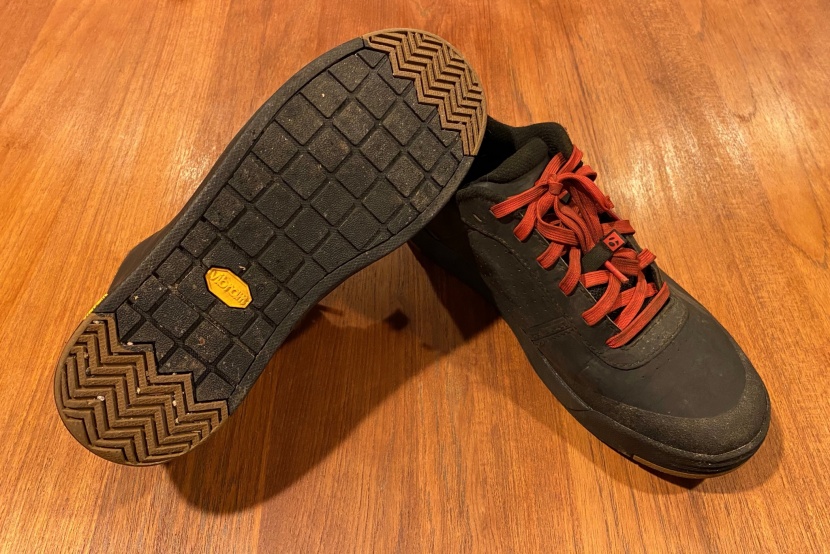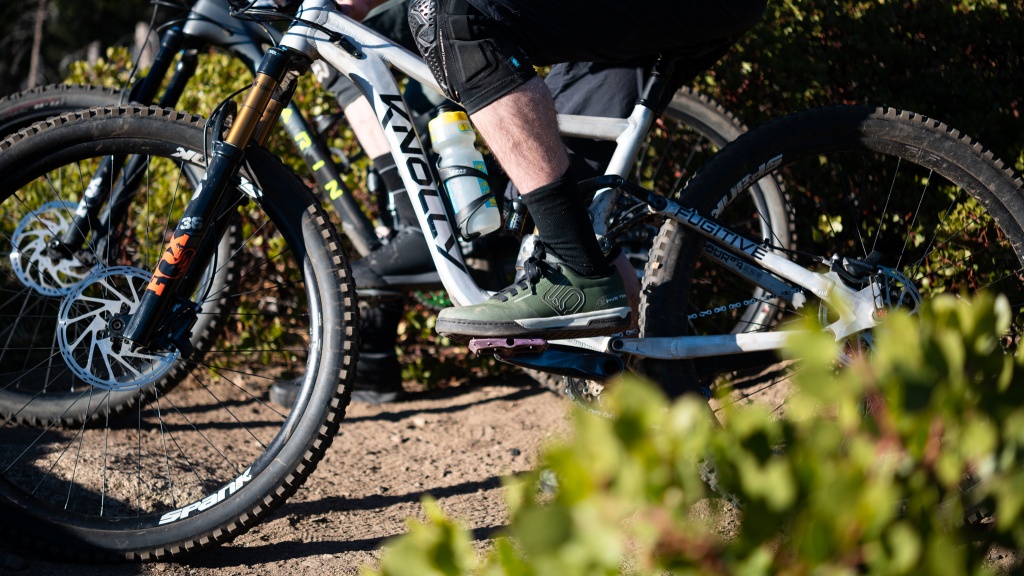Testing products and assembling a useful review is an involved process. We don't simply use our products for a ride or two and call it good. Instead, we put them through the wringer dishing out heavy amounts of abuse. This is necessary for sussing out the important details that can be critical for a potential buyer. In regards to our mountain bike flat shoe review, this means using these shoes in all conditions on different types of terrain for heavy mileage. All of this in the name of compiling the very best review for you, the reader.
Testing conditions
We tested all of our shoes in a variety of conditions, from riding local neighborhood trails after work, launching scary features in bike parks, to adventurous trail rides. We rode long technical cross country loops and packed bikes and bodies into trucks for roadside shuttle downhills. Temperatures ranged from the mid-eighties to below just freezing, with every weather condition imaginable, including some rain and snow. Trail conditions ranged from blown-out, dusty, and loose, to hero-dirt, mud, and even a little packed snow.
Testing Locations
We were able to put our mountain bike flat pedal shoes to the test from our home base of South Lake Tahoe, CA. Our massive trail network features the full spectrum of riding, from smooth flowing XC trails, to chunky, steep, and raw downhills, and even some machine-built flow trails with tabletops and berms. As snow and cold weather limits our riding at home, we have nearby locations in the western Sierra foothills and northern Nevada desert where we can ride year-round.
Criteria for Evaluation
Our testing revolves around a predetermined set of performance metrics in order to perform an objective and consistent review to help you make your best gear choices. Our review of mountain bike flat pedal shoes includes several areas including; pedal grip, fit and comfort, rigidity and power transfer, breathability, durability, and weight.
Grip
Aside from finding the proper fit for a shoe, one of the most important things to consider is how well a flat shoe's sole can grip the pins of our pedal. If you're riding a clipless pedal and shoe combo, not necessarily a big deal, but with flats, the interface between the sole of your shoe and the pedal is the only thing keeping you rubber side down. A shoe's pedal grip comes from the rubber compound used in the outsole in combination with the tread pattern. Pedals also play a role in grip, and some cling to the soles of shoes better than others. So with that in mind, our reviewers spend a great deal of time examining each shoe's grip while riding.
Fit and Comfort
We try to be as objective as possible, but this metric is pretty subjective by nature. In terms of fit, we do our best to evaluate whether or not a shoe is true to size, and also its volume. For comfort, our testers consider the out of the box feel, padding or lining material, suppleness of the uppers, shape of the insole, closures, and protective features. Not every shoe will work for every rider, so if possible, we recommend trying them on when you can.
Rigidity and Power Transfer
There is a pretty large range of overall shoe stiffness out there between different manufacturers and shoe models, and we spend a significant amount of time cranking out the miles to determine how well our hard-earned efforts are returned. A shoe that is very stiff is great for pure on the bike performance but tends to suffer when off the bike while you're hiking or just walking around. A shoe that's too soft suffers while trying to climb over steep obstacles and is fatiguing on long downhill sections, but is super comfortable when you're just hanging out after a ride. We search for a happy medium between the two; shoes that can hammer all day but not be totally awkward when we're pushing our bikes up too-steep-to-ride trail sections. You'll have to decide what degree of stiffness your riding requires.
Breathability
Another important factor to consider in a pair of shoes is how well they breathe. Swamp foot is no fun, so we also consider how well a shoe keeps our feet at that just-right point of warmth. For anything but pure gravity riding, a shoe needs a decent degree of breathability which also tends to go with how quickly a pair of shoes dries out after they end up with rain or creek crossings. If you ride in cooler conditions, this probably isn't as important, but for moderate to warmer climates, this becomes increasingly important. We evaluate the ventilating features of each shoe, as well as how effectively those features work while grinding out the miles in a range of temperatures.
Durability
When it comes to durability, it's obvious we want our spendy shoes to last as long as possible. We do our best to gaze into the crystal ball of durability to predict how well each shoe is likely to hold up for the long haul. With that said, we aren't psychics but we do our best to tell the future for you. We look at overall construction, upper and sole materials, wear points, etc. We try to use and abuse our test shoes as hard as we can to give you a good idea how well each test subject will hold up in the long run.
Weight
While we have trust in each shoe's manufacturer's intentions, we ensure that claimed weights for each individual shoe are accurate and weigh each model on our own scale so you have the most accurate information possible when selecting your own shoes.
Conclusion
Like our review for riders looking to clipless technology in the Mountain Bike Shoe Review, this is an in-depth, comprehensive review of mountain bike flat shoes that will make your mountain bike shoe purchase decision a whole lot easier. Our testing process wasn't always smooth, and we even drew some of our blood, so you don't have to.

